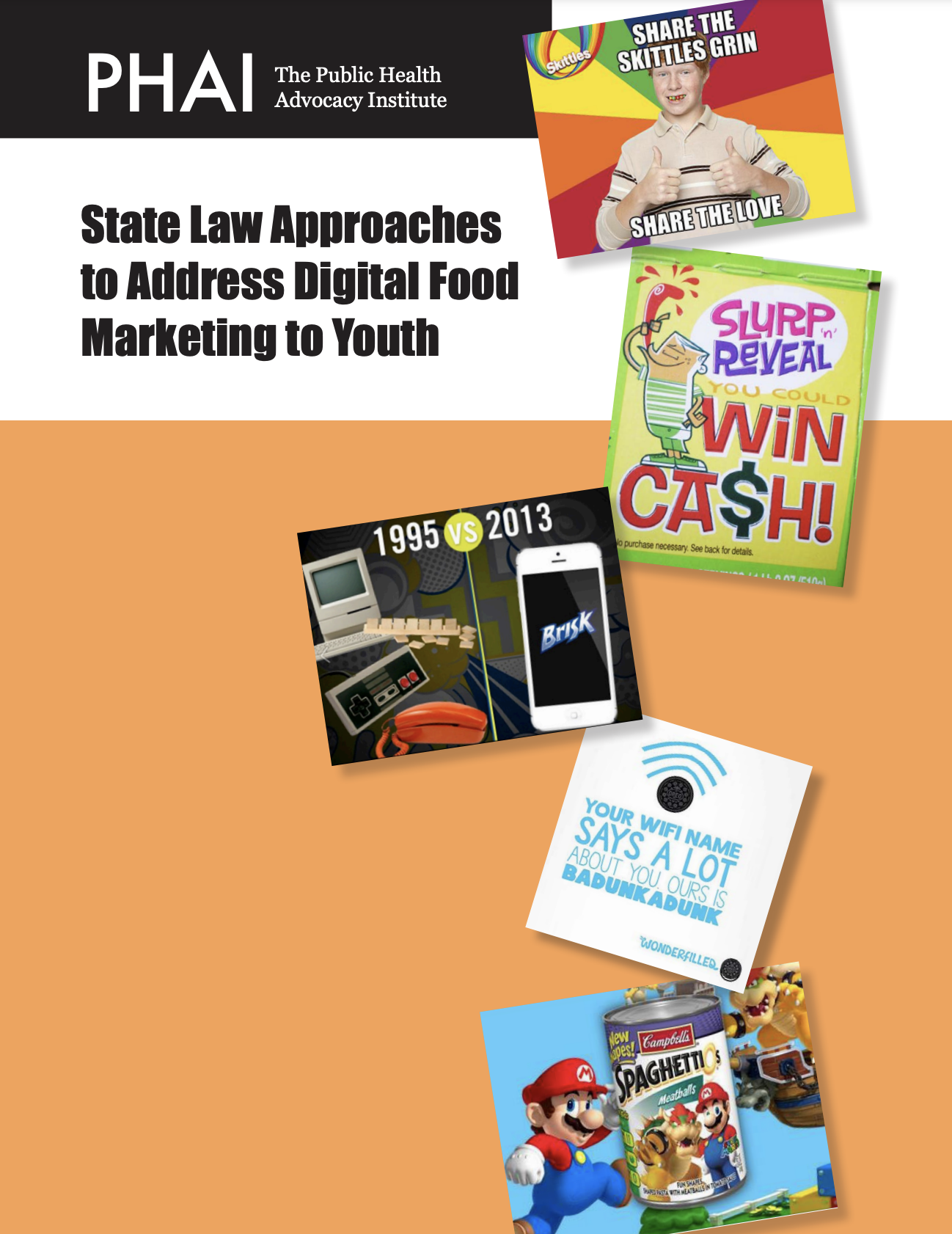
Investigating the digital path to purchase for food and beverages: A research agenda for the modern marketing age
Food, beverage, restaurant and entertainment companies are increasingly harnessing Big Data to target consumers in retails settings, yet researchers do not know how their tactics influence diets and community health. To help close that knowledge gap, this memo reviews existing literature on food- and beverage-related digital marketing strategies and outlines recommendations for future research. View the report »










